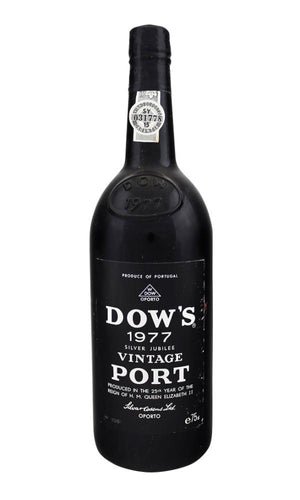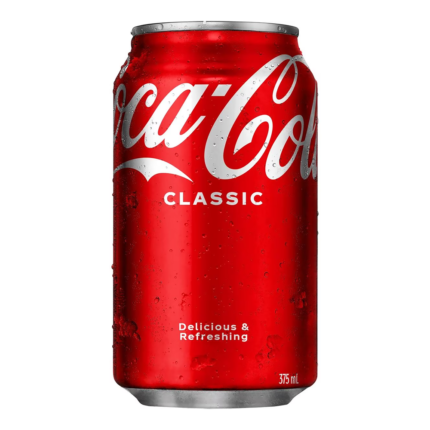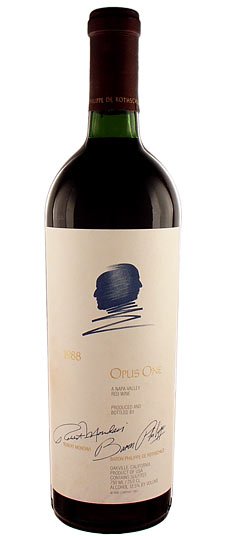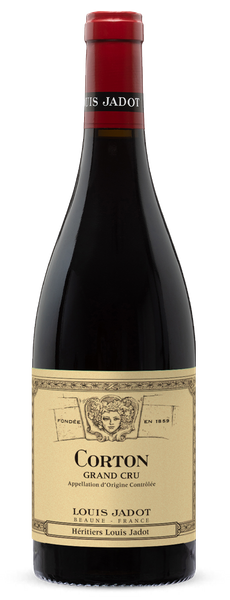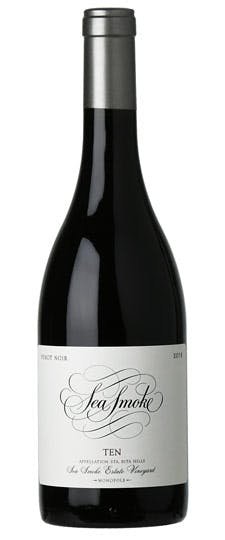‘
Producer Information
Dow’s is a family-owned Port house that has been producing traditional-style Port for more than 200 years, despite war, disease and economic turbulence. One of the most revered of Port producers, it owns some of the finest vineyards in the Douro Valley. The business that would eventually become Dow’s was founded in 1798 by Bruno da Silva, a Portuguese wine merchant who moved to London to sell his wines there and quickly became an integral part of the London wine industry. During the Napoleonic Wars, da Silva obtained a Letter of Marque (a Royal warrant allowing a privately-owned ship to fight enemies of the British crown), enabling him to transport his produce in relative security across the naval battleground that was the Bay of Biscay. In 1877, Bruno’s grandson sought to expand the company and merged with another famous Port producer, Dow and Co. The co-owners decided that the company would be known Dow’s. Since 1961, Dow’s has been owned by the Symington family who have historically been heavily involved in the Port industry. The Symingtons are now part of the internationally recognised Primim Familiae Vini, a group of 11 leading winemaking families from aroudn the world, including Mouton Rothschild of Bordeaux, Sassacaia of Tuscany and Pol Roger of Champagne. Dow’s owns four vineyards in the Upper Douro Valley, each with grapes that bring different characteristics to the Dow’s portfolio. Quinta do Bomfim is the flagship and the source of the company’s single quinta release. The grapes from Quinta do Bomfimare generally responsible for the structure of the majority of the Dow’s Ports. The other sites are Sehora da Riberia 24km (15 miles) upriver from Quinta do Bomfim, along with the nearby Cerdeira and Santinho sites. The Sehora da Riberia vineyard has the highest percentage of old vines, the majority of which are at least 25 years old. These vines are low yielding and ideal for Vintage Port. The company produces a range of Ports, from basic Ruby and Tawny versions, to aged Tawnies, and the Vintage Port, which is well-regarded by critics.

